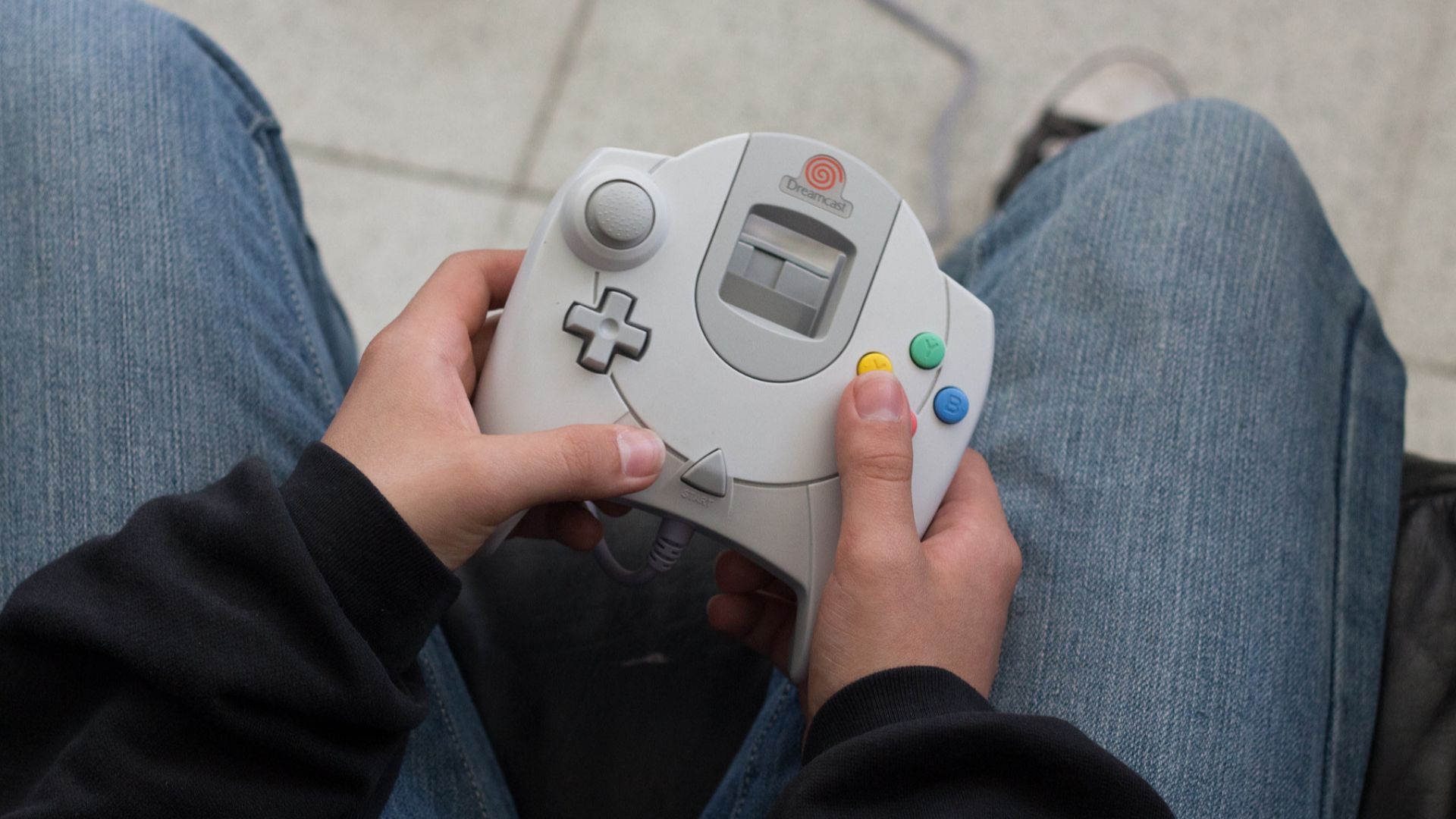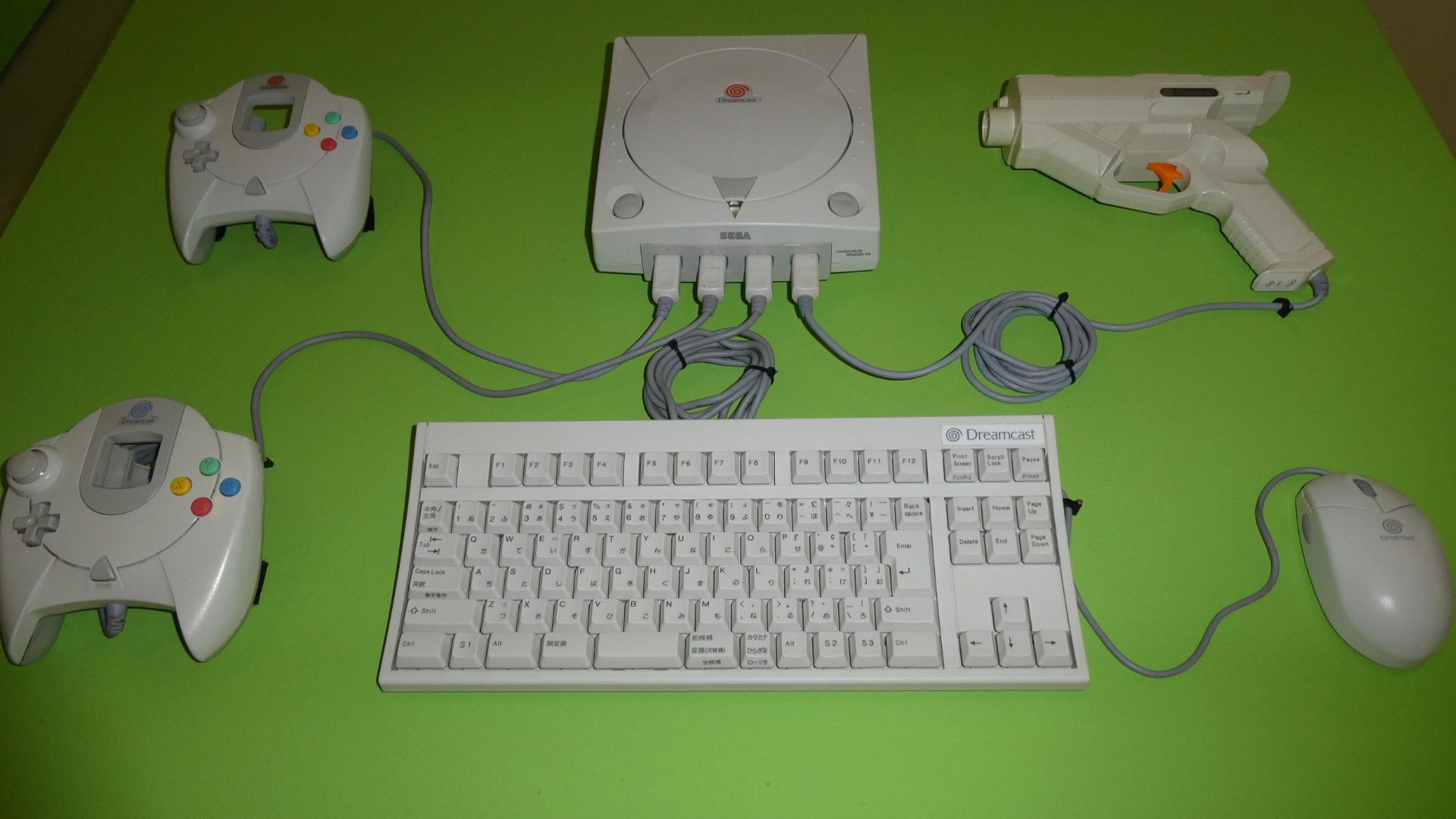In 1999, the gaming world felt like it had stepped into the future. Sega’s Dreamcast arrived not as another console, but as a revolution. For gamers used to the PlayStation or Nintendo 64, it felt like a glimpse into the next century.
But technology, timing, and fate had other plans—so, let’s find out how this dream began to fall apart.
Innovation That Outran Its Audience
The Dreamcast came with a 56K modem at a time when most gamers were still playing offline. Yet innovation isn’t always enough when the market isn’t ready. Internet infrastructure in the late ’90s wasn’t built for smooth online play, and many households struggled with dial-up connections. Over time, the Dreamcast’s forward-thinking features confused casual consumers and intimidated some retailers.
As the console pushed boundaries, competitors were quietly preparing their next move, and that’s where trouble began to brew.
The Shadow Of The PlayStation 2
While the Dreamcast dazzled early buyers, Sony was crafting a storm. When news of the PlayStation 2 spread, excitement shifted overnight. Sony promised a console that not only played advanced 3D games but also doubled as a DVD player, something no living room could resist.
Gamers who might have bought a Dreamcast decided to wait. Retailers reduced orders, and the momentum that Sega needed slipped away. Ironically, the Dreamcast’s own brilliance became its weakness, as it had shown what next-gen gaming could be, and in doing so, raised expectations for everyone else.
Cracks Beneath The Surface
Behind the cheerful ads and futuristic games, Sega was struggling with deep financial wounds. The company had poured enormous resources into development after losing heavily on the Saturn. The Dreamcast needed to be a hit on a scale Sega had never achieved before. When early sales slowed, panic spread through the ranks.
Piracy became another blow. Due to flaws in the console’s disc format, it became shockingly easy to copy Dreamcast games. This not only cut into revenue but also discouraged developers from continuing support. Third-party publishers, wary of Sega’s history of short-lived systems, began to drift toward Sony’s platform.
The result was a vicious cycle: fewer developers meant fewer games, fewer games meant fewer sales, and fewer sales meant no chance of recovery. The dream was slipping through Sega’s fingers, even as fans pleaded for it to survive.
 Omar Burgos Dättwyler on Wikimedia
Omar Burgos Dättwyler on Wikimedia
The Fall And Farewell
By early 2001, the writing was on the wall. Sega announced it would officially discontinue the Dreamcast and shift to third-party game development. In hindsight, Sega’s decision was both practical and tragic. That’s because it allowed them to survive financially, but it marked the end of an era.
Even so, the Dreamcast refused to die completely. Its community stayed loyal, modders and collectors kept it alive, and its ideas continued to inspire future consoles. Hence, in many ways, the Dreamcast’s failure wasn’t the end of Sega’s story—it was the blueprint for the future of gaming.








